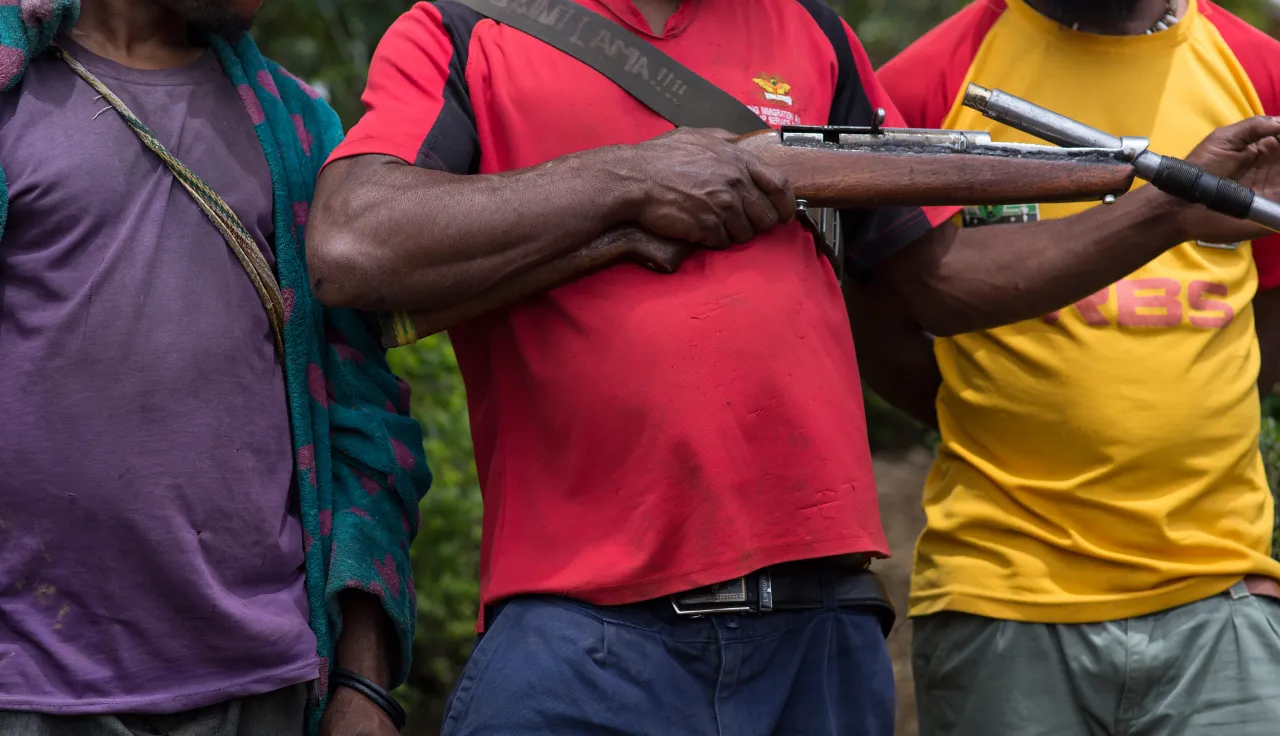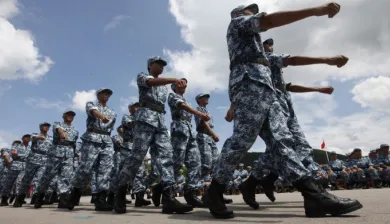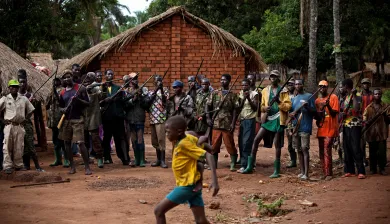Direct participation in hostilities and international humanitarian law
Throughout history, civilians have always contributed to the war effort to a greater or lesser degree, whether through their involvement in arms production, or by providing economic, political and administrative support. Typically, however, they were not present at the battlefront and only a small number of civilians were actually involved in the conduct of military operations.
In these circumstances, it was comparatively easy to determine who was a combatant, and therefore a legitimate target, and who was a civilian protected under international humanitarian law (IHL) from direct attack.
In the past few decades, the boundaries of battlefields have become less distinct, with fighting taking place in civilian population centres. Civilians have been increasingly involved in activities more closely related to the conduct of hostilities, thus blurring the distinction between civilian and military functions. This has created uncertainty as to how the principle of distinction, the very cornerstone of IHL, should be implemented in the reality of contemporary military operations.
A further problem arises when soldiers do not distinguish themselves from civilians, during clandestine operations, for example, or when they act as farmers by day and fighters at night. Consequently, armed forces cannot properly identify their adversary, and peaceful civilians are more likely to fall victim of erroneous or arbitrary targeting.
According to IHL, civilians must be protected against direct attack, unless and for such time as they take a direct part in hostilities. However, neither the Geneva Conventions nor their Additional Protocols define what conduct amounts to direct participation in hostilities. Today’s challenge, therefore, is to provide clear criteria for the distinction not just between civilians and soldiers but also between peaceful civilians and civilians who directly participate in hostilities.
We believe three key questions need clarification:
1. Who is considered a civilian for the purposes of conducting hostilities?
2. What conduct amounts to direct participation in hostilities?
3. What are the precise conditions under which civilians directly participating in hostilities lose their protection against direct attack?
In 2003 the ICRC, in cooperation with the Asser Institute, started researching and consulting on the interpretation of IHL with regard to direct participation in hostilities.
Five informal expert meetings were held in The Hague and Geneva between 2003 and 2008, bringing together up to 50 legal experts from military, governmental and academic circles, as well as from international organizations and non-governmental organizations. The ICRC was asked to take the lead in the process.
In 2009, after six years of discussions and research, the ICRC published Interpretive Guidance on the Notion of Direct Participation in Hostilities under IHL as well as all documents produced during the proceedings of the expert process.



